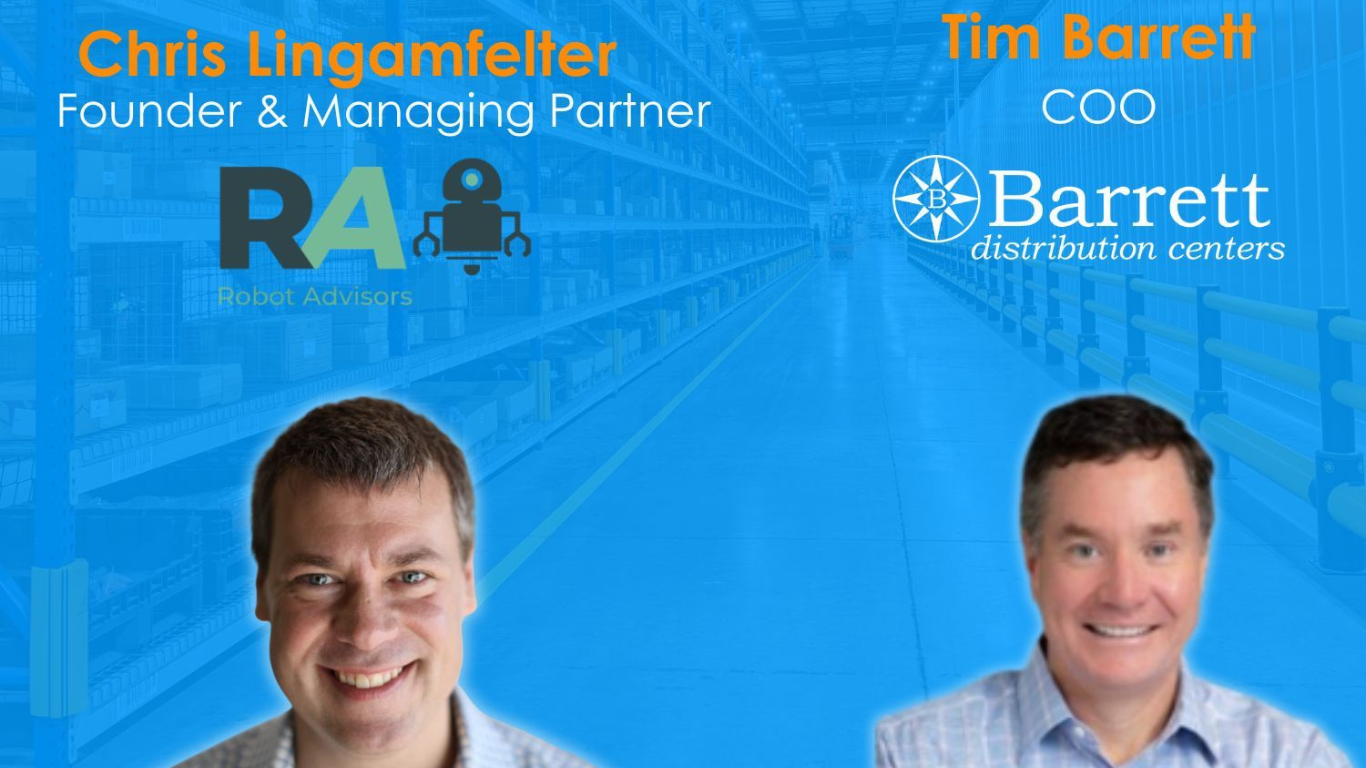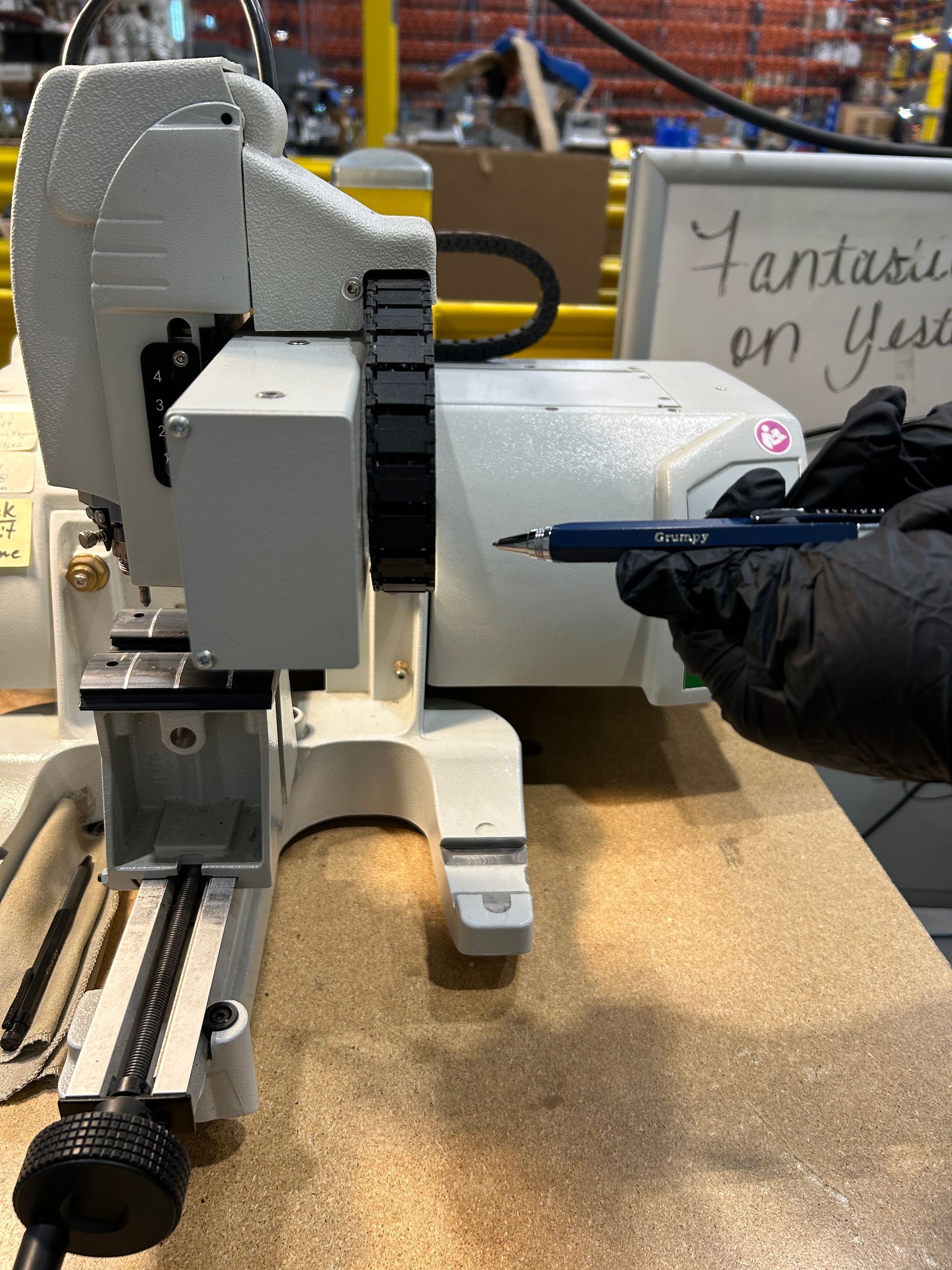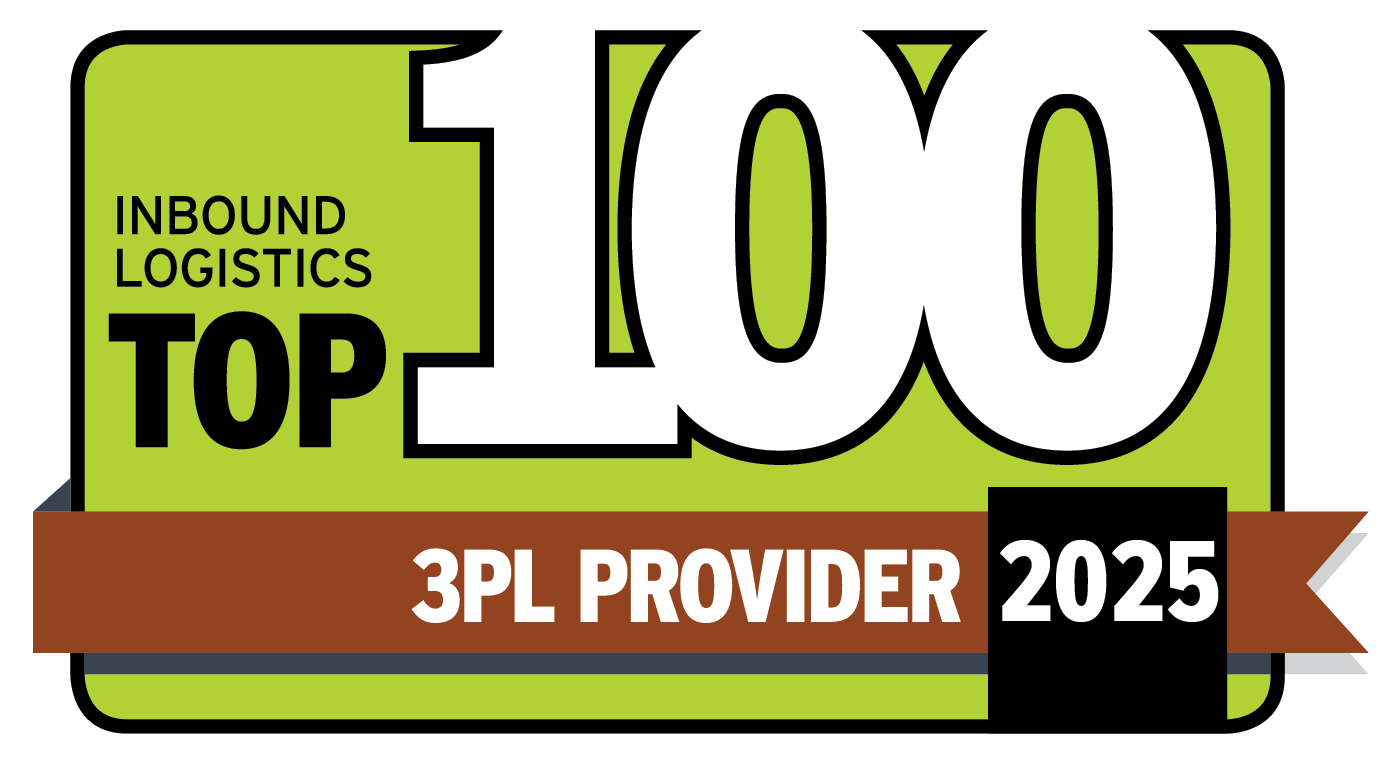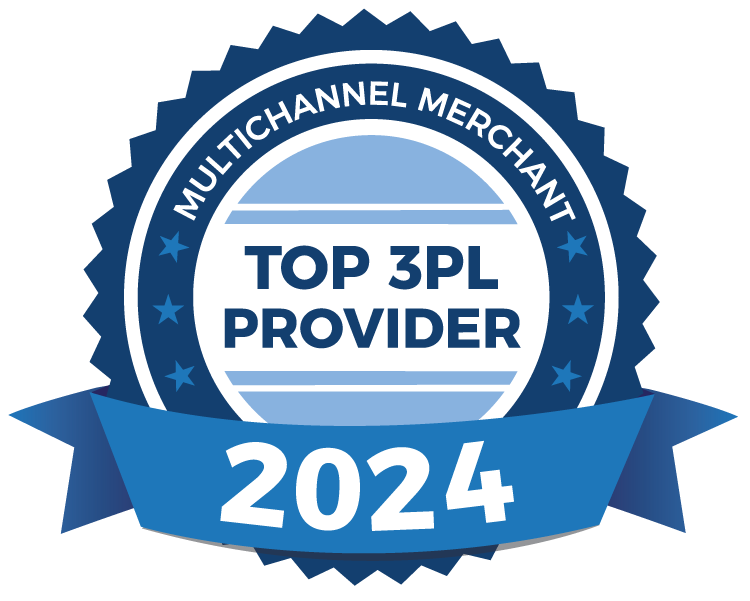Increasing Order Accuracy in Your Fulfillment Center
A fundamental pillar of a strong fulfillment center is accuracy. Order accuracy is the one tangible, logistical element that ties your company to your consumer. As soon as a customer places an order for your product, whether your fulfillment provider recognizes it or not (and they should), a bond is formed. You’ve spent too much time, money, and effort enticing customers to purchase, just to have the ball dropped when they actually open their wallets. Breaking this trust with your consumer can be absolutely detrimental to your business and your brand. Besides damaging your company’s reputation, it has a significant impact to your margins and bottom line. A study by MHI shows that 39% of retail companies face a key challenge with inaccurate order delivery dates.
Fulfillment accounts for 50-60% of your labor expenses, far and away the most intensive and expensive costs your distribution center will incur. However, the massive significance of fulfillment operations in keeping your customers satisfied more than justifies this steep investment. And as with any investment, keeping tabs on the efficiency of the fulfillment performance is the only way to earn a return and avoid unnecessary delay and expenditures.
Observing your distribution center during a shift can provide a handful of reasons for your poor order accuracy results. In particular, two areas are likely having the greatest impact on your accuracy, or lack thereof. Stocking activity is typically a major component in fulfillment errors. A study by intelligrated.com shows that stocking activity is responsible for nearly a quarter of all order fulfillment mistakes.
Ideally, stocking is done before picking, synchronizing, or slotting. Performing these activities in this particular sequence will reduce the instances of having unavailable merchandise. Further, providing more slots for high-velocity items and separating similar type items from each other are two easy ways to reduce fulfillment errors. According to a Supply Chain Quarterly survey, stocking practices were a leading factor in 76% of companies with accuracy issues.
In addition to stocking activity, picking motions pose a tremendous threat to order accuracy. Creating the most efficient picking motion possible will alleviate many of the mistakes within your supply chain. Items that are difficult to reach or heavier products that are organized incorrectly increase the likelihood of inaccurate picking. Creating distinct zones for different types of products and balancing such zones with the appropriate equipment can reduce these concerns. Optimizing the picking protocol for a mid-sized retailer can improve order accuracy by 34%, as stated in a 2012 case study by Logistics Planning.
Given the urgency and utmost importance to deliver the correct order to your customers, there are proven methods you can put in place to increase your order accuracy. Partnering with a qualified fulfillment provider can be an effective way to enhance your order accuracy and has a direct correlation to your customer service, brand reputation, and bottom line.
Recent Blog Posts
